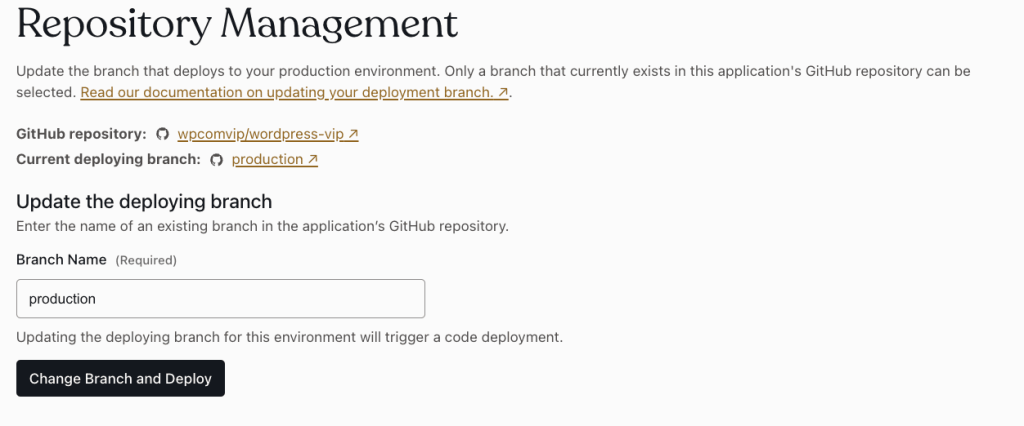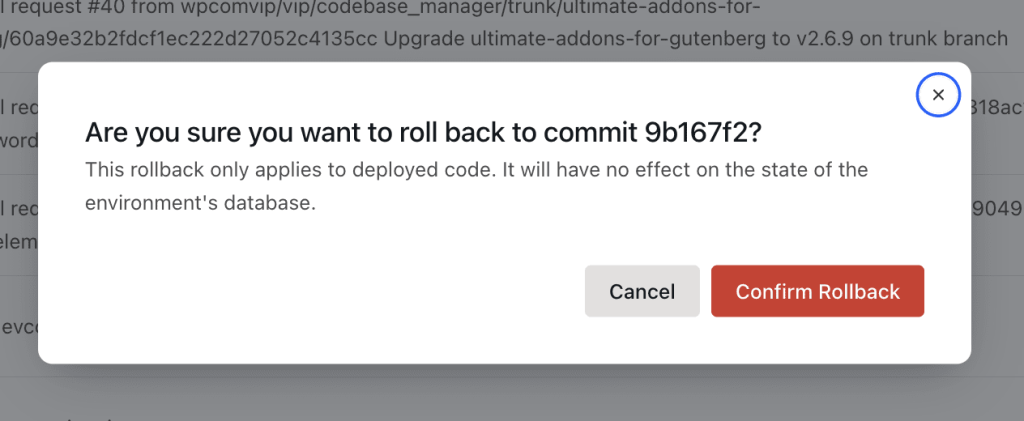In December, we announced the availability of our Insights & Metrics panel. Thanks to your feedback, we have diligently improved the experience and are proud to announce new features and improvements today.
Your site is vital to your business. That’s why you partner with WordPress VIP. Application Insights & Metrics gives you the visibility and tools you need to accurately assess the performance and stability of your applications.
Many of you have used this feature in beta to better understand how your application performs directly from the VIP Dashboard. Here is a short demo of what both new and returning users can expect with the official release of Insights and Metrics.
You may have noticed significant improvements to time selection in the demo. We frequently heard the need for more precise controls, and now you have them–including the ability to share a link to a specific time period for improved collaboration.
There are hundreds of metrics you can look at to access your site. The Insights & Metrics panel is designed by our WordPress experts to put the most important numbers at your fingertips.
The Insights & Metrics panel shows metrics for:
- Origin response time – measure how fast your application responds.
- Origin and Edge response codes – quickly track down any application errors.
- PHP Process – understand application load.
- Slow MySQL queries – zero in on queries slowing down your users.
- Cache hit rate – ensure that your application takes full advantage of the VIP’s edge CDN.
To get started, log in to your account on the VIP Dashboard and select “Performance” then “Insights & Metrics” for any application.
Read our documentation on the Insights & Metrics panel.
And we aren’t done yet. In the coming weeks, we will begin a closed beta of anomaly detection to highlight when important metrics move beyond historical norms.






You must be logged in to post a comment.